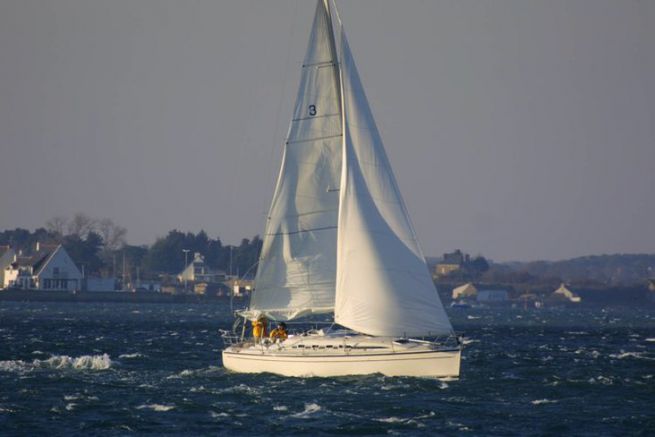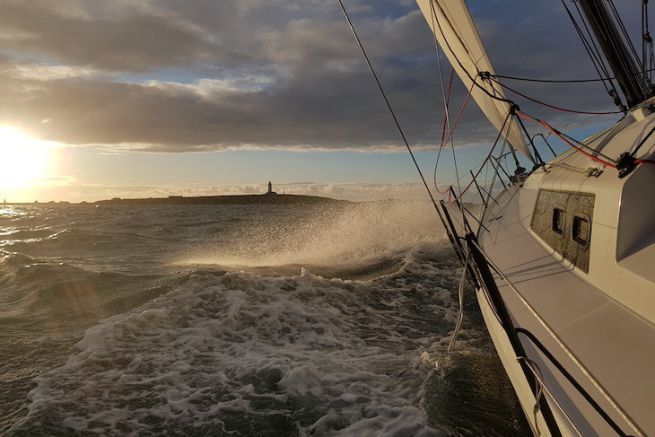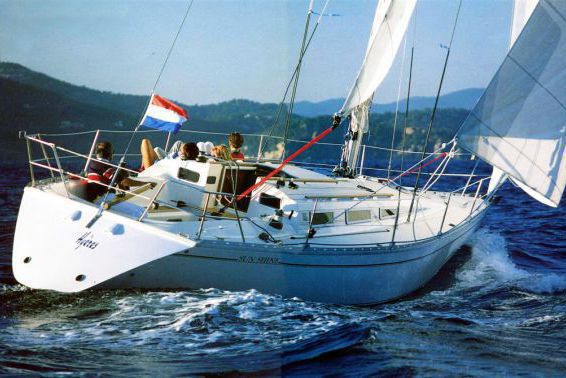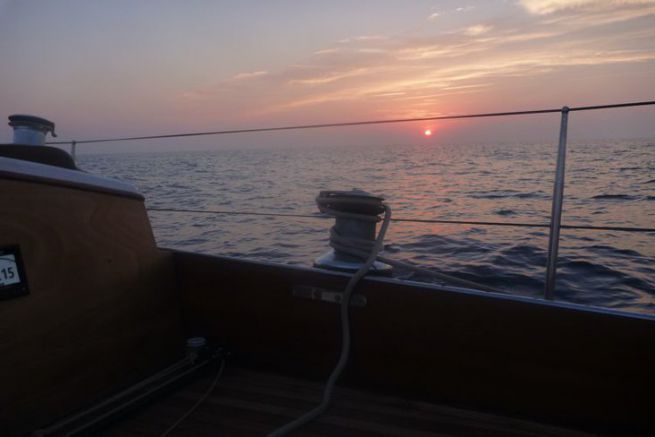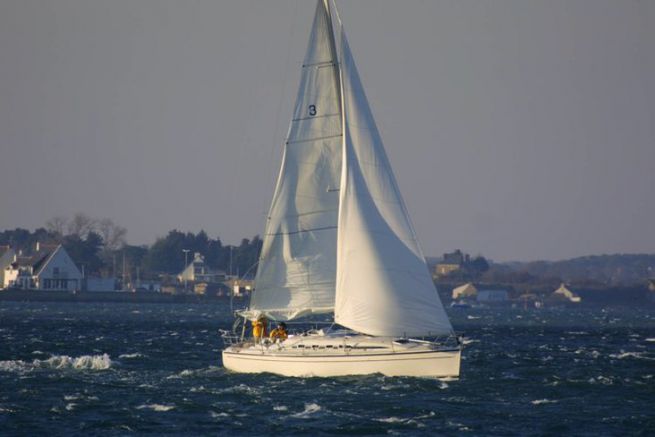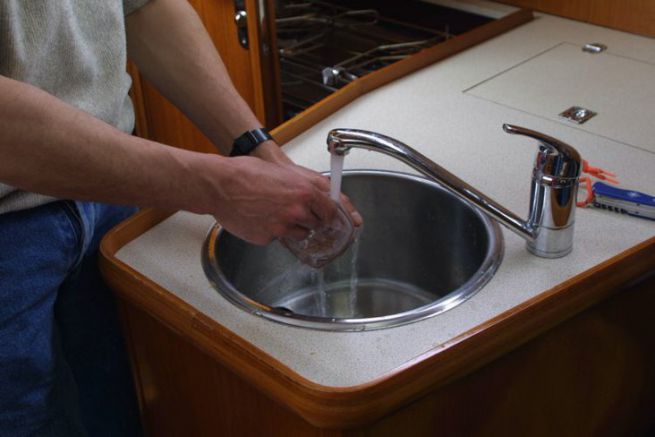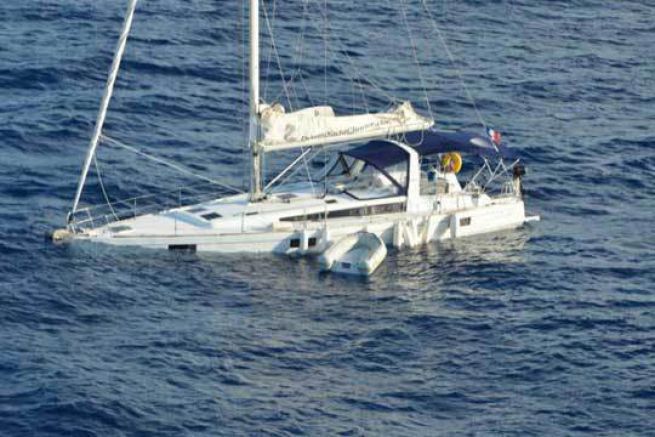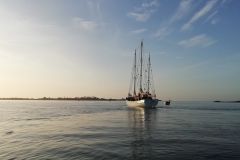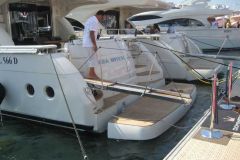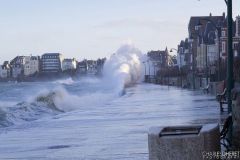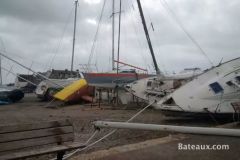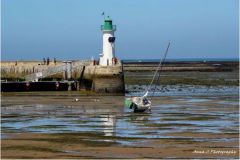All sailors dread storms. So much so that this fear can hold you back from going to sea. With a good training and a well-prepared boat you will dispel many of your fears
On board Suhaili, the crew was expecting a strong gale (force 9) which was finally downgraded to a strong gale (force 7). What did they do to prepare and what did they risk?
Leaving at the right time

For this crossing from Brest to Horta in the Azores, the crew of Suhaili chose to postpone their departure by 24 hours to avoid starting in difficult sea conditions. Then by regularly taking the weather forecast offshore, thanks to the SSB, they were able to reflect on the opportunity to shift the route of the low. In this particular case it wasn't appropriate, but sometimes it can be worthwhile to extend the route to avoid too strong winds.
All this means not getting too caught up in the watch. Most of the gales I've experienced have been related to the need to respect an arrival time. Therefore, if possible, allow several days of margin around your crossings to give you the choice of the best weather.
What are the risks?
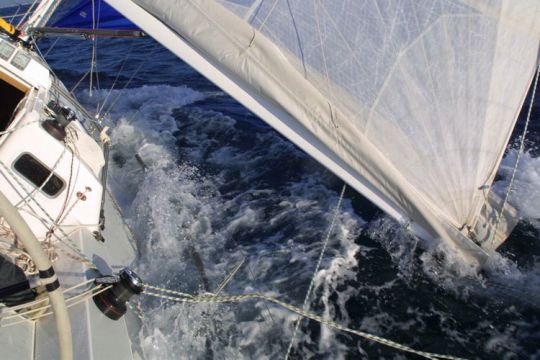
Offshore, the main dangers of grey weather are linked to the sea state. The greater the fetch (the distance the waves travel without encountering land) and the stronger the wind, the higher the waves will be. In addition, during wind rotations, swell trains from several directions meet, making the sea much more difficult to negotiate.
These waves can sometimes overturn the sailboats, very often resulting in dismasting when the boat rises. They can also break the rudder, either by hitting the shovel directly or because they have abruptly stopped the boat's course.
In strong gales the rigging and sails are extremely stressed, the slightest weakness can lead to a break in the fabric, the cables or a blockage in the furling system. It is therefore important to prepare and maintain your boat well before setting out to sea.
Some navigation techniques in rough weather.
When it becomes impossible to progress upwind, it is still possible to take the cape or escape.
The current cape consists in placing a storm jib against, mainsail generally lowered, bar pushed downwind. The boat then begins to drift between beam and full beam, allowing the crew to rest. The dry cape is practiced without a sail, the helm simply pushed downwind, but it is not suitable for all boats.
Finally, the escape is a long-range sailing, still without mainsail, where the helmsman tries to keep the boat in line with the swell, surfing on the breakers. The challenge is to avoid being caught in the waves at all costs, at the risk of being overturned.
It is possible to get ready for heavy weather without taking all these risks, by going out by force 7 to experience the cape and flight gaits. But this is only possible on a body of water relatively sheltered from the swell.

